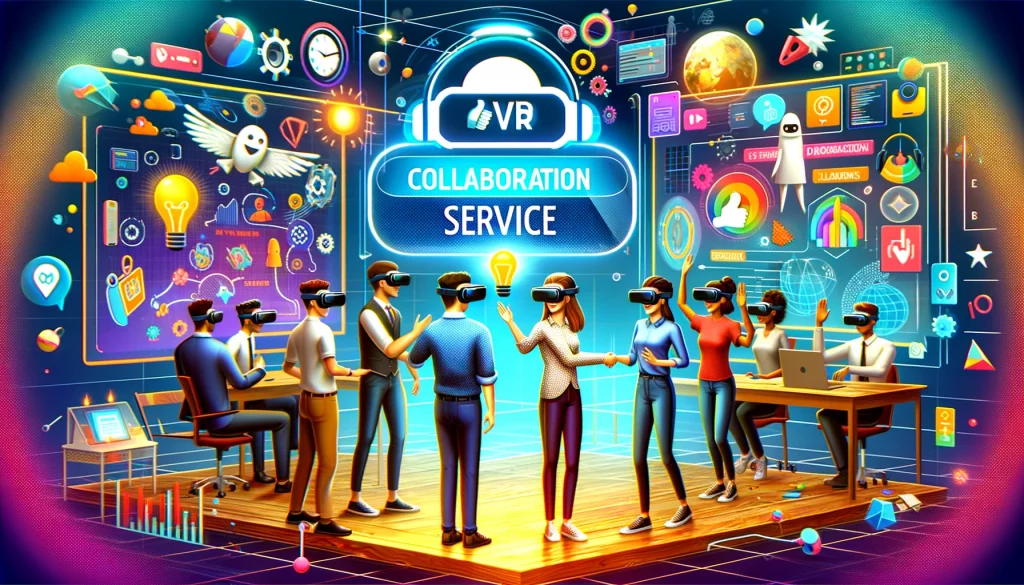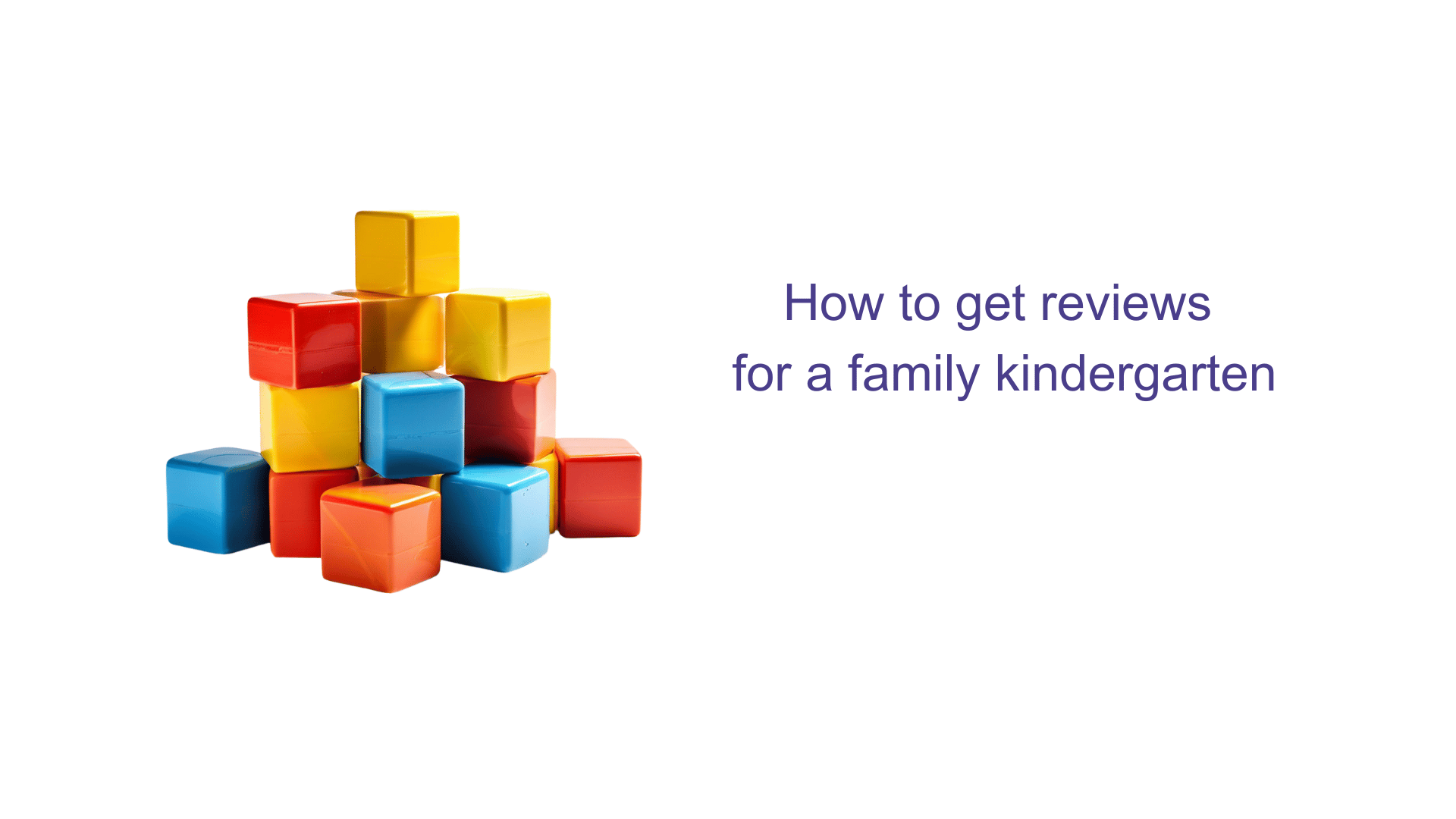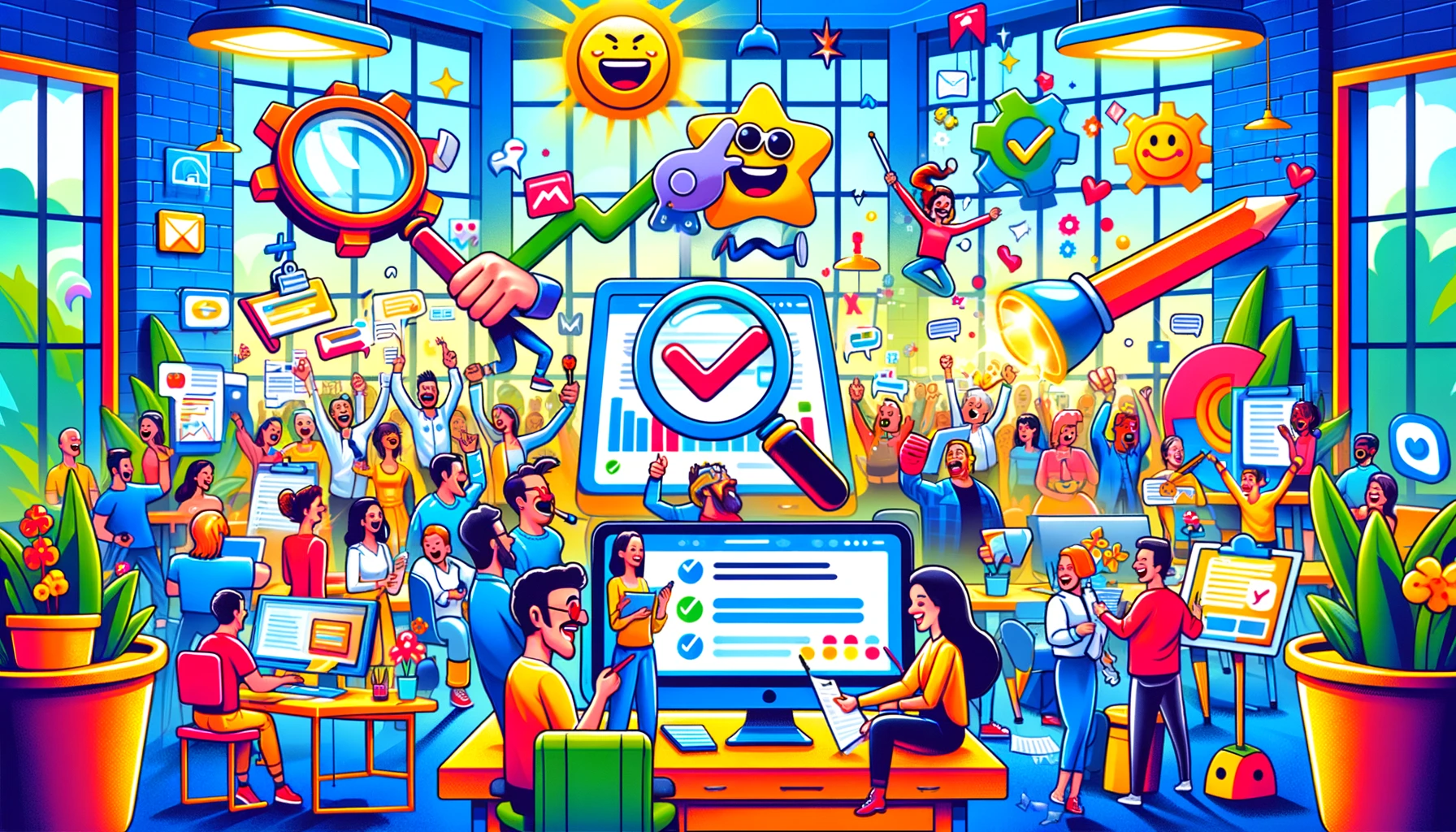Reviews for virtual reality (VR) collaboration platforms services and analysis of user reviews about your competitors

It’s as much of a wild west as S– L– ever was, and similarly represents a trap for any company that’s trying to grow their business in the emerging “metaverse”.
It is a closed system in many ways and money and time invested in making things for the community are likely wasted and *highly* possible to be soiled by being associated with NSFW content or racist/homophobic users.
Real review to a real virtual reality (VR) collaboration platforms service
It has some latency in slow speed devices.Resolution also maybe some time issue in vr headset.
Real review to a real virtual reality (VR) collaboration platforms service
Its not user friendly product, need proper training to use it.
Real review to a real virtual reality (VR) collaboration platforms service
I wonder if M– will still be as attractive after a period of time. There is definitely virtual meeting fatigue, and I’m not sure if M– is going to solve that problem.
Real review to a real virtual reality (VR) collaboration platforms service
The only issue is that I find it somewhat challenging to pay the price because I’m a masters student, but I have to acknowledge that for this amount of money, I got the most well-known features, which made my struggle with building the 3D vbery considerably simpler.
Real review to a real virtual reality (VR) collaboration platforms service
The Virtual Reality (VR) collaboration platforms market is burgeoning, offering unprecedented ways for teams to interact and work together virtually. However, customer reviews frequently highlight significant mistakes made by competitors in this industry.
By understanding these pitfalls, your company can develop superior VR collaboration platforms that not only avoid these errors but also exceed customer expectations. Here’s an analysis of the most common complaints, with strategic recommendations for improvement.
Complex and non-intuitive user interfaces
What competitors get wrong: Customers often complain that competitors’ VR collaboration platforms have overly complex and non-intuitive user interfaces. This complexity can hinder effective collaboration, leading to frustration and reduced productivity.
How to do it better: Invest in user experience (UX) design to create a more intuitive, user-friendly interface. Conduct regular user testing to identify pain points and make iterative improvements.
Provide comprehensive onboarding and interactive tutorials to help users get started quickly.
While competitors might bury essential features in complicated menus, ensure your platform offers a clean, streamlined interface with key functions easily accessible from the main dashboard. Incorporate drag-and-drop functionality and clear visual cues to guide users through the collaboration process.
Limited device compatibility
What competitors get wrong: A common issue is the limited compatibility of competitors’ VR collaboration platforms with various VR headsets and devices. This restriction forces users to work with a narrow range of hardware, reducing the platform’s usability and appeal.
How to do it better: Ensure your VR collaboration platform supports a wide range of VR devices, including popular headsets like Oculus Rift, HTC Vive, and PlayStation VR. Regularly update the platform to include support for new and emerging VR hardware.
Competitors might only support select VR headsets. By contrast, offer extensive compatibility, allowing users to engage in VR collaboration using a variety of devices, thus expanding the potential user base for your platform.
Inadequate collaboration features
What competitors get wrong: Customers often feel that competitors’ VR collaboration platforms lack essential collaboration features, such as real-time document editing, screen sharing, and seamless integration with other productivity tools.
How to do it better: Integrate robust collaboration features into your VR platform. Ensure it supports real-time document editing, screen sharing, and integration with popular productivity tools like Microsoft Office, Google Workspace, and project management software.
Where competitors may offer basic collaboration tools, your platform should provide advanced features like multi-user document editing, seamless screen sharing, and integration with third-party applications to enhance the collaborative experience.
Poor performance and latency issues
What competitors get wrong: Performance issues such as high latency, lag, and poor responsiveness are significant pain points mentioned in customer reviews of competitors’ VR collaboration platforms. These problems can disrupt the collaborative experience and reduce effectiveness.
How to do it better: Optimize the performance of your VR collaboration platform to ensure low latency and high responsiveness. Use efficient rendering techniques and optimize the platform for different hardware specifications to maintain consistent performance.
Competitors might suffer from performance lags during collaborative sessions. Your platform should leverage advanced rendering techniques and optimization strategies to deliver smooth, real-time VR experiences, even with multiple users interacting simultaneously.
Lack of customization options
What competitors get wrong: Many customers feel restricted by the limited customization options in competitors’ VR collaboration platforms. The inability to tailor the platform to specific needs can hinder the creation of unique and effective collaborative environments.
How to do it better: Offer extensive customization options, allowing users to modify the interface, features, and virtual environments to better suit their needs. Provide customizable templates and the ability to create bespoke VR spaces for different types of collaboration.
While competitors may offer a rigid, one-size-fits-all solution, your platform should enable users to personalize their VR environments, set custom alerts, and design unique collaboration spaces. This flexibility will make your platform more adaptable and appealing to a broader range of use cases.
Inadequate training and support
What competitors get wrong: Many customers express dissatisfaction with the level of training and support provided by competitors. Long response times, unhelpful answers, and lack of comprehensive training materials can drive users away.
How to do it better: Develop a robust training and support system that includes multiple communication channels, such as live chat, email, and phone support. Offer 24/7 support to accommodate users in different time zones.
Provide comprehensive training materials, including tutorials, webinars, and detailed documentation.
Competitors might have long response times and outdated training materials. By offering prompt, knowledgeable support and maintaining up-to-date training resources, you can significantly improve user satisfaction and retention.
Conclusion
In the competitive landscape of VR collaboration platforms services, avoiding these common mistakes can set your company apart and drive higher customer satisfaction.
By focusing on creating a user-friendly interface, ensuring broad device compatibility, integrating advanced collaboration features, optimizing performance, offering extensive customization options, and delivering superior training and support, your VR collaboration platform can not only meet but exceed user expectations.
This strategic approach will position your service as the preferred choice in the market, driving growth and success.
Is this what you expect to see at the end of the article? No!
Ah, the competitive landscape of VR collaboration platforms—truly the Wild West of tech. Who knew that by simply avoiding a few tiny mistakes, your company could become the shining star of the industry, driving customer satisfaction through the stratosphere?
It’s almost like following basic business principles could actually work!
Start with creating a user-friendly interface—because up until now, everyone else has been designing their platforms for aliens, obviously. Ensuring broad device compatibility? Revolutionary! After all, it’s not like users have all sorts of different devices or anything.
Integrating advanced collaboration features? Simply throw in some fancy tools like real-time doodling in 3D, because everyone’s dying to sketch in virtual reality.
Optimizing performance? Now there’s a novel idea!
Let’s make sure the system doesn’t crash every five minutes—users might actually like that.
Offering extensive customization options? Let’s just give users the power to change every single pixel—because no one ever gets overwhelmed by too many choices.
And delivering superior training and support? Time to hold their hands like they’re crossing the street for the first time—people just love that.
By tackling these groundbreaking strategies, your VR collaboration platform will not only meet user expectations but exceed them so wildly that customers will wonder how they ever managed to collaborate without you. Positioning your service as the preferred choice in the market? More like the messiah of VR collaboration.
Brace for impact as growth and success come flooding in—because, you know, it’s just that easy!
Conclusions?
Don’t worry and turn to GINIX review management service. We will make reviews a reliable source of your business growth.
We’ll increase the number of reviews about your business on autopilot! You can order monitoring and analysis, handling of negative reviews, or the appearance of new reviews – either one or all together.
Have a great day!

 8 min
8 min 







